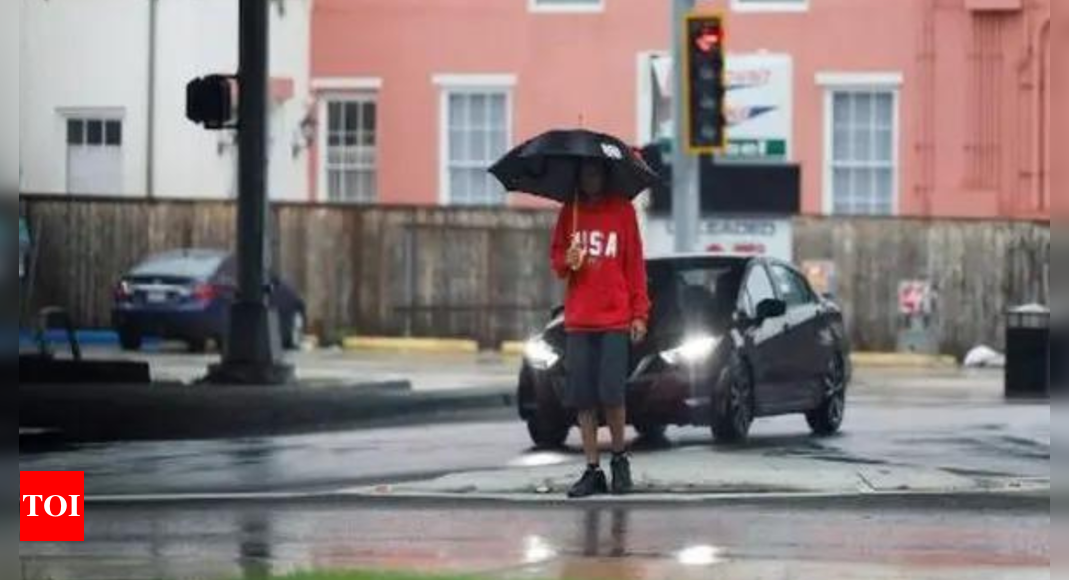
Francine’s eye made landfall at 5 pm CT in Terrebonne Parish, driving hurricane-force winds inland toward southern Louisiana near Baton Rouge.
According to Morgan City Fire chief Alvin Cockerham, significant damage including flooded streets, downed power lines, and broken tree limbs was reported in Louisiana. “It’s a little bit worse than what I expected, to be honest with you,” he said. “It’s too dangerous to be out there in this.”
The National Hurricane Center (NHC) forecasts that Francine will gradually turn northward, moving across southeastern Louisiana and southwestern and central Mississippi on Thursday. The storm’s impacts could extend hundreds of miles outward, even as its center moves inland.
Risk of tornadoes and severe thunderstorms
Francine was the sixth named storm of the Atlantic hurricane season and rapidly strengthened before landfall. The storm has increased the risk of tornadoes and severe thunderstorms, with conditions expected to last into Friday morning.
Advisory issued
The National Hurricane Center advised residents to remain indoors as Francine moved inland. The storm was expected to pass near New Orleans and weaken as it travels northeast through Mississippi, bringing heavy rain and potential flash flooding to several cities. Brad Reinhart, a senior hurricane specialist, warned that some areas could see up to 12 inches of rain.
Louisiana governor Jeff Landry said the National Guard would assist affected areas with food, water, vehicles, boats, and helicopters for search and rescue.
President grants emergency declaration
President Joe Biden granted an emergency declaration for Louisiana, and states of emergency were declared by the governors of Louisiana and Mississippi.
The Mississippi Emergency Management Agency distributed over 100,000 sandbags to the southern part of the state, and several schools were closed.
Louisiana governor Landry said, “After declaring a state of emergency, we have now determined that this storm is of such severity that an effective response is beyond the capabilities of the state and local governments. This federal assistance is needed to save lives and property.”
Flights canceled
Airlines canceled flights into and out of Louis Armstrong New Orleans International Airport through Thursday morning.
Residents describe storm as ‘little scary’
Coastal communities faced high waves, flooded streets, and strong winds. Power outages were widespread in southeast Louisiana, affecting coastal parishes and neighboring areas.
Laura Leftwich, sheltering at her mother’s home, saw birdhouses swept away by the wind and shared video footage of street flooding with friends. “It’s a little scary,” she said.
Resident Luis Morfin sought shelter at a friend’s home, leaving his camper outside the levee. “We knew what we were expecting,” he said.
Third hurricane in US this year
Francine is the third hurricane to hit the continental US this year. Earlier in the season, Hurricane Beryl made landfall in Matagorda, Texas, on July 8 as a Category 1 storm. Hurricane Debby followed on August 5, also as a Category 1 storm, hitting near Steinhatchee, Florida.
A Tornado Watch was issued for much of Louisiana and southern Mississippi through Wednesday evening as storm bands moved in from the Gulf of Mexico.









